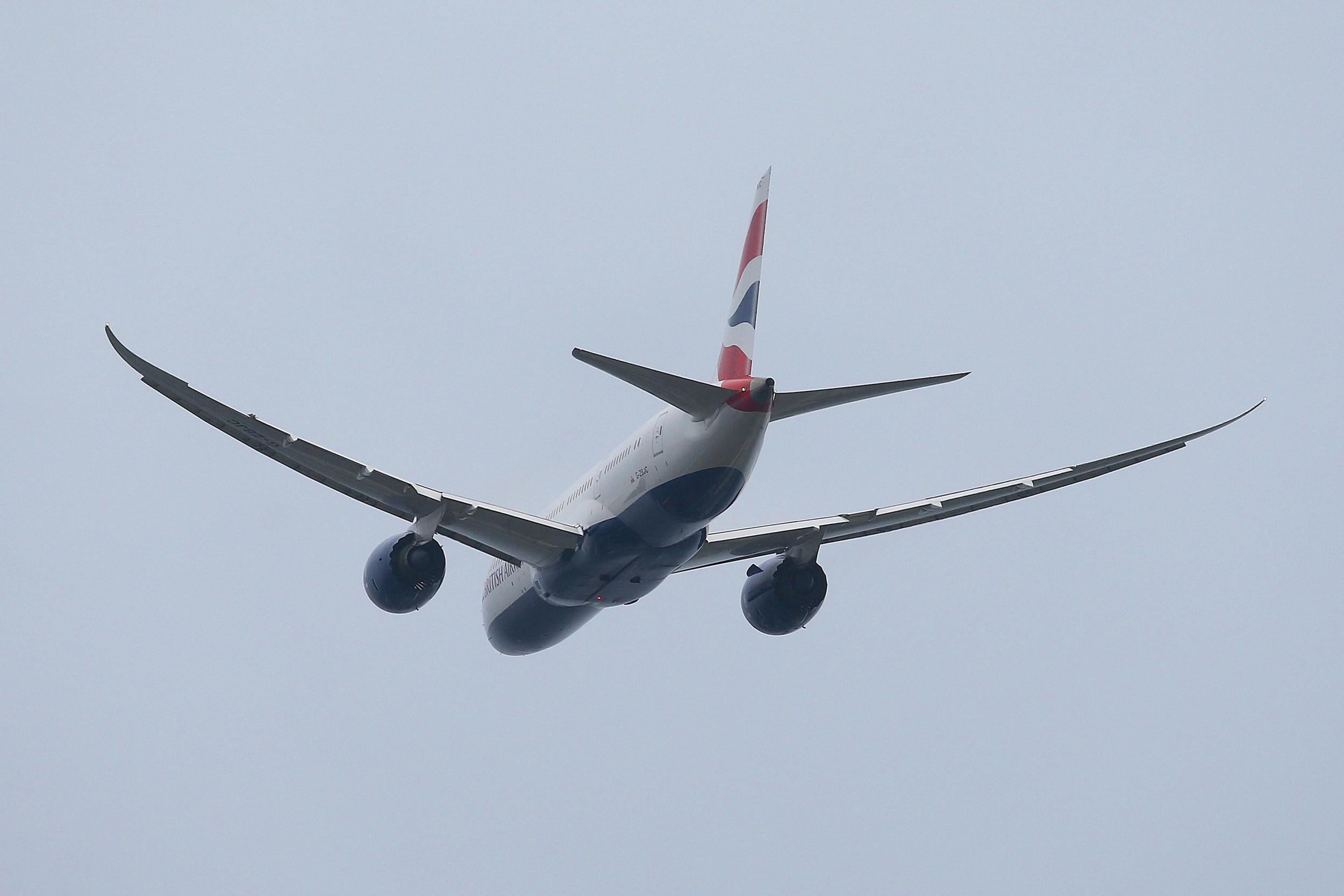Why are Boeing 787 Dreamliners used on so many short-haul routes?
Plane Talk: The most popular 'Dreamliner' routes aren't ultra-long-haul – they're short hops

Your support helps us to tell the story
From reproductive rights to climate change to Big Tech, The Independent is on the ground when the story is developing. Whether it's investigating the financials of Elon Musk's pro-Trump PAC or producing our latest documentary, 'The A Word', which shines a light on the American women fighting for reproductive rights, we know how important it is to parse out the facts from the messaging.
At such a critical moment in US history, we need reporters on the ground. Your donation allows us to keep sending journalists to speak to both sides of the story.
The Independent is trusted by Americans across the entire political spectrum. And unlike many other quality news outlets, we choose not to lock Americans out of our reporting and analysis with paywalls. We believe quality journalism should be available to everyone, paid for by those who can afford it.
Your support makes all the difference.Aircraft nicknames are funny things. I’m not talking about military planes, rather too many of which are known as “The Widowmaker”. Nor cargo jets, such as Airbus’s comedy A300 freighter the “Beluga”.
I mean civil airliners, which rarely acquire lasting alternative names. Concorde was known as “The Rocket” by relatively few people, mostly airline insiders. Conversely, the Boeing 747 became the Jumbo Jet by popular acclaim. The only passenger plane to trump it in scale, though, the double-deck Airbus A380, struggles to be widely known as the Superjumbo.
Yet the Boeing 787, first rolled out a decade ago this summer, was born with a name: the Dreamliner.
“Our customers tell us that flying on the Dreamliner is like flying on no other aircraft they’ve flown,” said Carl Gissing, when he was director of customer experience at Thomson Airways.
The holiday airline uses the Boeing 787 for the role it was intended, opening up new non-stop routes to long-range destinations such as Phuket in Thailand and Puerto Vallarta on Mexico’s Pacific Coast. You might also be lucky enough to step aboard a Thomson Dreamliner on a Mediterranean trip to Greece or Turkey – another case of long-haul standards on a short-haul route. But I imagined short hops were the exception.
Most 787s are employed to show off their long legs on routes such as Norwegian’s impending link between Gatwick and Buenos Aires, or to allow carriers such as British Airways to test out a new connection – like Heathrow to New Orleans, coming next year.
This was surely a plane built to connect Europe with the Americas, filling in the gaps in the route map?
I was comprehensively wrong. Starting an investigation into what the 787 ever did for us, I sought guidance from Routes Online.
The results are remarkable. Of the top five 787 airlines, who between them account for one-third of all Dreamliners, one is North American (Air Canada), two are Asian (Air India and All Nippon Airways) and one is a Gulf carrier (Qatar Airways). The fifth? Not a European airline, but Africa’s leading carrier, Ethiopian Airlines.
Europe does not get a look-in among the top 10 operators, and the US only scrapes in with United Airlines in 10th place.
Among the top Dreamliner routes – those carrying the most passengers – two transatlantic links appear: Heathrow-Chicago, thanks to American Airlines’ four-daily service on the 4,000-mile journey, and Madrid-Bogota, with Avianca running three flights a day on the 5,000-mile haul. But the top five above them are all routes that could be flown by a Douglas DC-3 piston-engined plane – which would still have enough range to fly back without refuelling.
In fifth place, at 400 miles: Tokyo-Hiroshima. Fourth is the only international link: Tokyo to Seoul, at 740 miles. Third and second also start or end in the Japanese capital, with destinations of Osaka (250 miles) and Fukuoka (550).
Top route for the Dreamliner by a long chalk, though, is the 720-mile, two-hour link between Vietnam’s capital and largest city.
Living the dream? Between the seat-belt light going out after take-off from Hanoi and back on during the approach to Ho Chi Minh City, passengers will barely have time to read an article about the planned Qantas link from Heathrow to Perth in Australia. But at 9,009 miles this will not be the world’s longest flight: that title goes to the Qatar Airways link between Doha and Auckland. That’s a 9,100-mile route, at least by the time the pilot has diverted around UAE airspace because of the current flying ban. And what sort of plane flies it? A dull old Boeing 777, which has no nickname worth the name.
Join our commenting forum
Join thought-provoking conversations, follow other Independent readers and see their replies
Comments